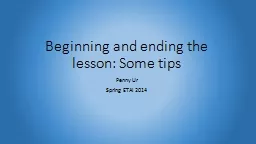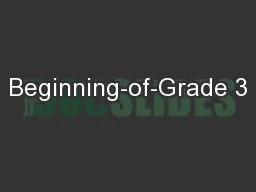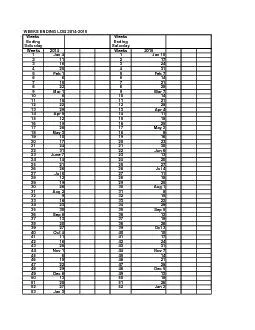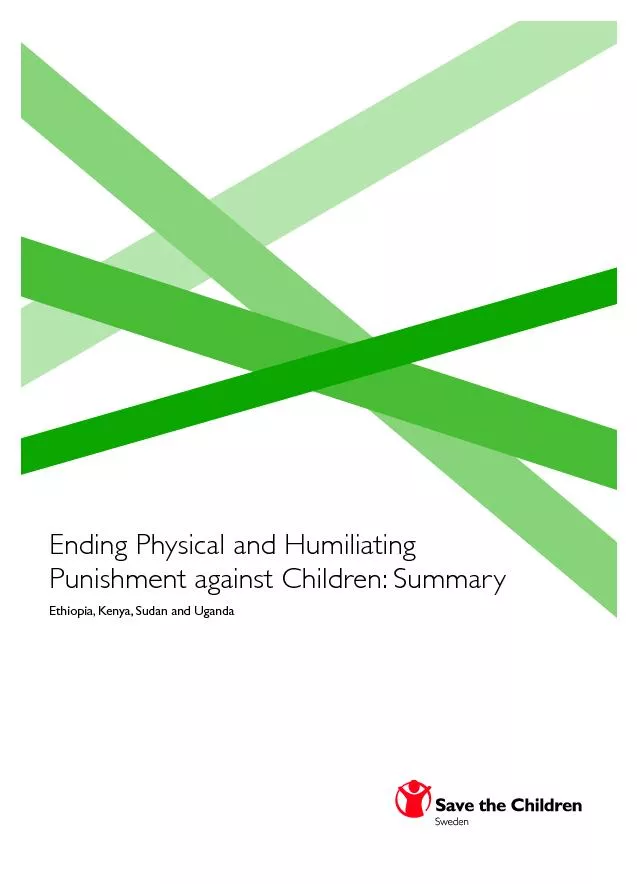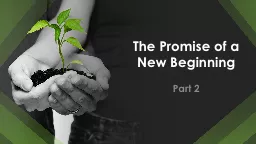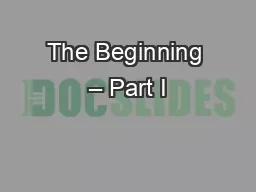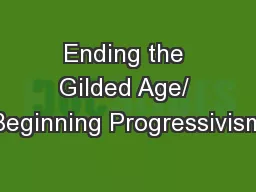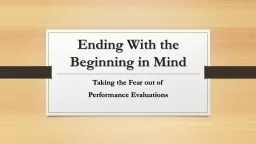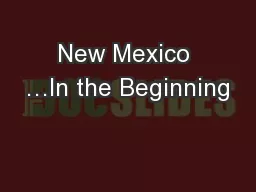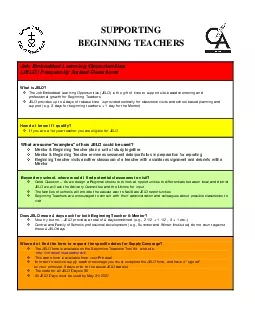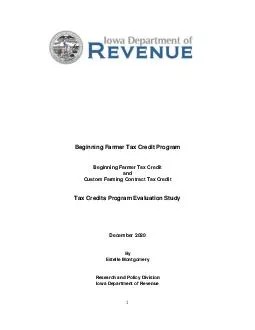PPT-Beginning and ending the lesson: Some tips
Author : faustina-dinatale | Published Date : 2015-09-20
Penny Ur Spring ETAI 2014 In principle Teachers dont share enough Dont leave it too late A Beginning the lesson 1 Smile Surprisingly important Underlying message
Presentation Embed Code
Download Presentation
Download Presentation The PPT/PDF document "Beginning and ending the lesson: Some ti..." is the property of its rightful owner. Permission is granted to download and print the materials on this website for personal, non-commercial use only, and to display it on your personal computer provided you do not modify the materials and that you retain all copyright notices contained in the materials. By downloading content from our website, you accept the terms of this agreement.
Beginning and ending the lesson: Some tips: Transcript
Download Rules Of Document
"Beginning and ending the lesson: Some tips"The content belongs to its owner. You may download and print it for personal use, without modification, and keep all copyright notices. By downloading, you agree to these terms.
Related Documents

